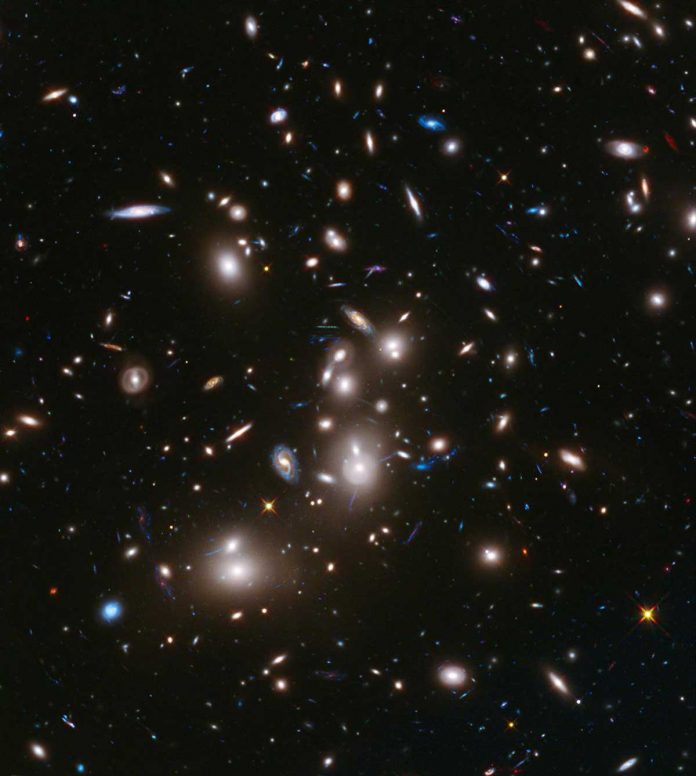Scientists previously thought, the centre of our galaxy is consisted of gas and dust cloud. But their new research has discovered that the gas and dust cloud was really three very young stars. This research has been conducted by the scientists from University of Cologne’s Institute of Astrophysics. The scientists have used The European Southern Observatory’s Very Large Telescope for their research. This telescope has mirror diameters of 8.20 meters. This research paper has been published in The Astrophysical Journal. Scientists found out; the starts started to form 1 million years ago.
In 2011, the Very Large Telescope has discovered an unprecedented process just at the centre of our galaxy. After this discovery, scientists have conducted a multi-wavelength analysis. Through this analysis, they derived at the conclusion that it must be a cloud of gas and dust and they have named it as G2. The black hole at the centre of our galaxy named SgrA*, must have torn G2 apart and caused fireworks. As G2 collied with SgrA*, scientists assumed that the gas and dust would have made the black hole flare up. But their assumption was not correct.
Scientists found out that the temperature of G2 is twice than its surrounding dust sources. Scientists think that the stars that surrounds G2 has heated it up. SgrA* was also another source of heat. The temperature od G2 has increased as the dust cloud came near to the black hole. This high temperature was constant for a long period of time. The closer G2 came near Earth, the more scientists got conformation that it is not a dust cloud.
Scientists found G2 consists three individual stars. Dr. Florian Peißker of Institute of Astrophysics has said that the Very Large Telescope has a big contribution in observing the center of our galaxy.

